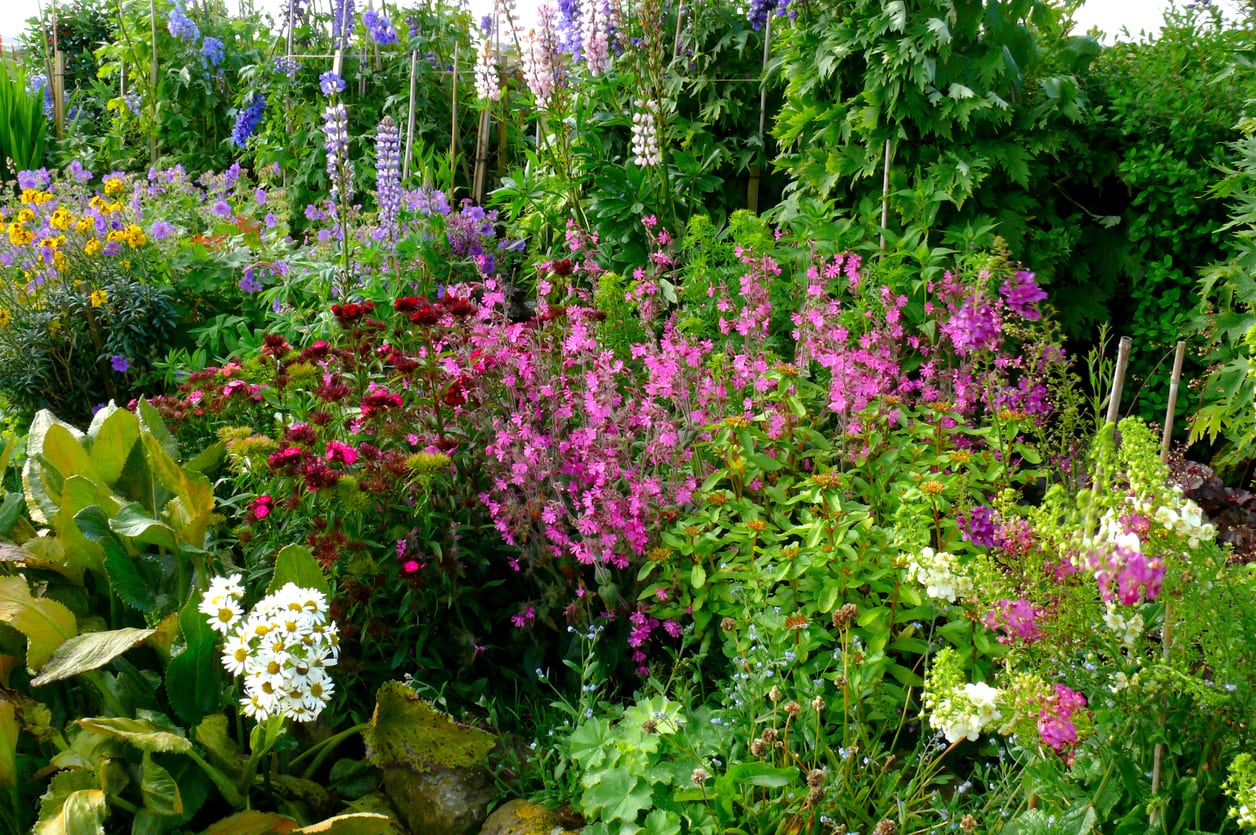Bedhead Garden Ideas: How To Grow A Bedhead Garden


Admit it, you love your days off when you can roll out of bed, throw on comfy clothes, and embrace the bedhead look. While this messy, comfortable look may not fly at the office, it’s perfect for running errands, doing home and garden chores, or just lounging around. In fact, this laid back style works great in gardens, not just for yourself but for the whole garden. Continue reading to learn more about low maintenance bedhead gardens.
Bedhead Garden Ideas
What is a bedhead garden? It is simply a new trend of landscaping with low maintenance, messy garden designs. Bedhead gardens have a careless but not completely neglected appearance. These messy garden designs are generally filled with native plants, such as ornamental grasses and wildflowers. Bedhead gardens may also contain trees, shrubs, and bulbs. Plants are usually selected for their drought tolerance and low maintenance needs. Here some common plants for bedhead gardens:
- Muhly Grass
- Sedum
- Garden Phlox
- Beebalm
- Columbine
- Miscanthus
- Feather Reed Grass
- Coneflower
- Black-Eyed Susan
- Penstemon
- Foxglove
- Liatris
- Russian Sage
- Lantana
- Salvia
- Lavender
- Coreopsis
- Elderberry
- Serviceberry
How to Grow a Bedhead Garden
Bedhead gardens do not require any special formal plan. In fact, these informal garden plants are placed in a manner that suggests there was no plan at all. However, they do usually have curvy edges and winding paths running through them, so some planning is actually required. You will also need to lay out the plants in a way that allows them to be seen and enjoyed. For example, make sure taller plants are planted behind shorter plants. Bedhead garden design is kind of a cross between cottage garden style and wild prairie. Be sure to give plants proper spacing and keep garden debris cleaned up. There is a difference between a messy garden design and just a mess. The meandering paths of bedhead gardens are generally filled with small rocks or other natural materials. Objects like concrete stepping stones tend to look out of place. In fact, all garden décor or other objects placed in bedhead gardens should be made of natural materials. For example, in lieu of metal or vinyl chairs or benches, try wood or stone seating areas. Instead of whimsical, colorful garden art, place driftwood or stone accents in the garden. Placement of the bedhead garden is also important. As stated above, these are filled with wildflowers and native plants, therefore, they will attract plenty of pollinators. It may be helpful to place bedhead gardens near orchards or fruit and veggie gardens. At the same time, if you do a lot of alfresco dining or entertaining in the garden, you may just want to place bedhead gardens as a scenic backdrop to the more formal areas often used for this.
Gardening tips, videos, info and more delivered right to your inbox!
Sign up for the Gardening Know How newsletter today and receive a free copy of our e-book "How to Grow Delicious Tomatoes".